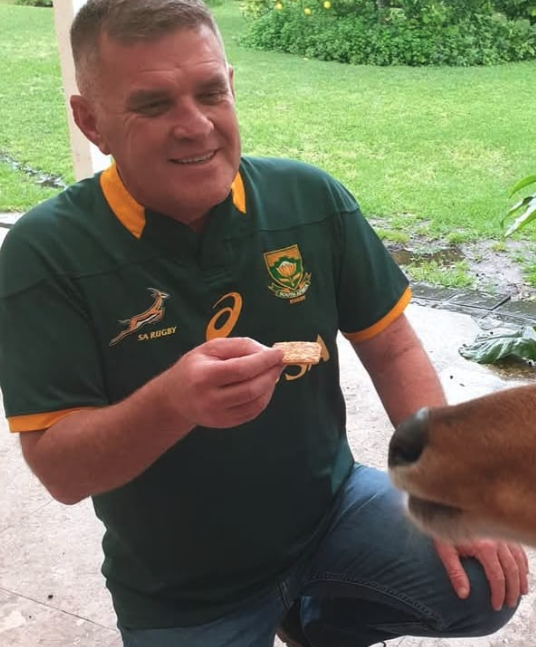If rugby’s a circus, then the scrum is its clown car pile-up.
Picture eight players from each team — burly and sweaty — locking arms, crouching low, and smashing into each other like human bumper cars. Why? To fight for the ball, of course.
Welcome to Rugby Skool, where we make sense of this magnificent madness.
A scrum happens when the game pauses, usually after someone fumbles the ball (“knocks on”) or the ref’s had enough of everyone’s shenanigans. The ball is fed into the “tunnel” between the two packs by the scrumhalf (usually the smallest, cockiest player on the team) and each side then pushes like it’s Black Friday at Makro.
The hooker (not what you think, perv!) tries to snag the ball with their foot, passing it back to their team. Sounds simple? It’s not. It’s like trying to play chess while being sat on by a rhino.
Scrums are rugby’s ultimate power flex. How good your scrum is depends upon how good your props are. Props, the team’s front-row tanks, are built like fridges and smell like diesel. Everyone else just grunts and prays their spine holds.
South Africans love scrums because we’re so good at them. Kiwi pundits hate scrums for the same reason. Newbies think it’s a group hug gone rogue. Sometimes a scrum will collapse. If this happens, don’t panic, it’s just rugby’s way of saying, “Let’s try that again.”
It may be weird, but it’s rugby’s heart.
Next week, we’ll tackle rucks and mauls. DM
South Africa
Rugby’s scrum explained: the chaotic clash where strategy meets sheer power
The Springboks last played in Gqeberha in 2021, and the city is buzzing again. Over the next six or so weeks leading up to the Boks’ match against Italy, radio personality Daron Mann will break down rugby for any confused bystanders. Here’s episode two.




